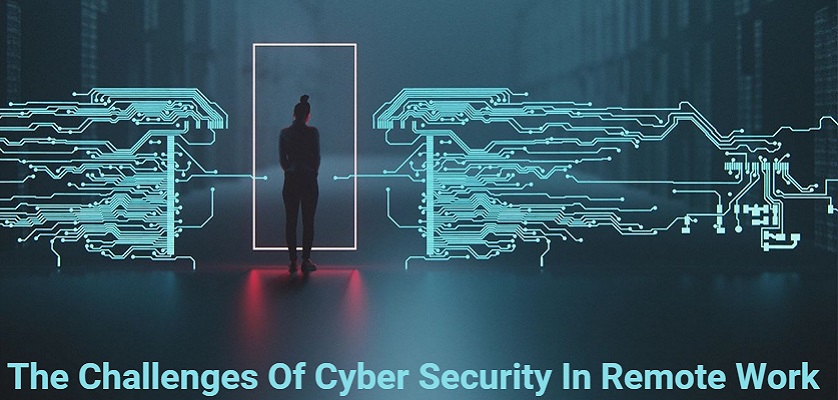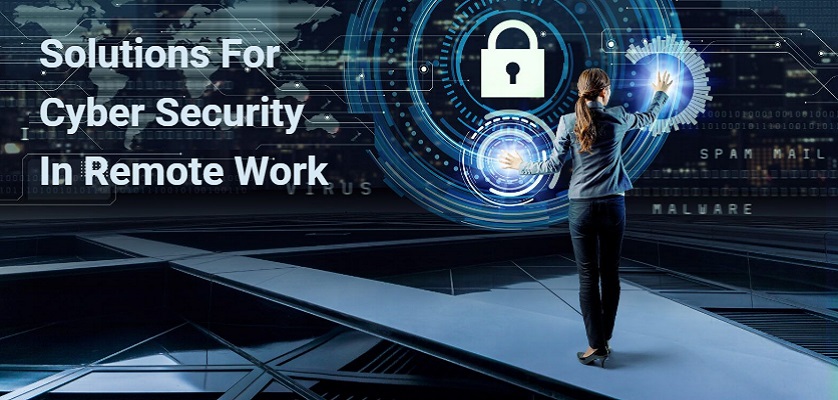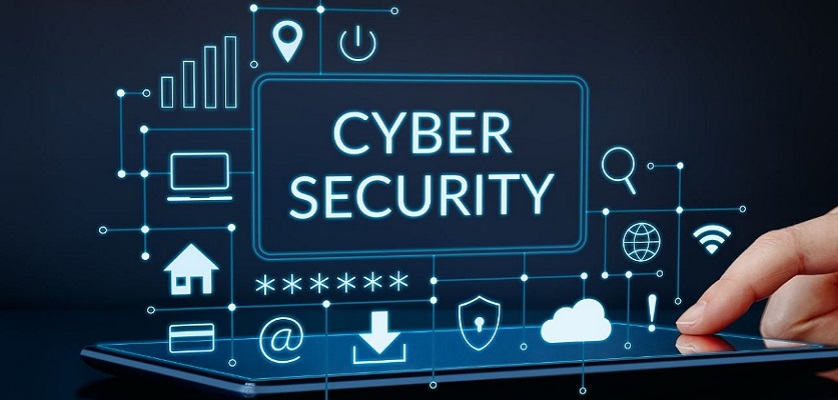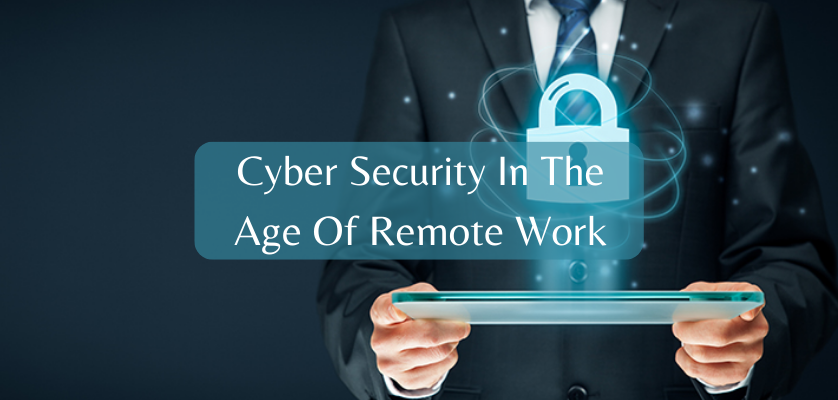In the wake of the COVID-19 pandemic, remote work has become the new normal for many companies around the world. While this shift has brought about many benefits, such as increased flexibility and reduced overhead costs, it has also introduced new challenges in the realm of cybersecurity. As remote workforces continue to grow, businesses must take steps to protect their sensitive data and networks from cyber-attacks. In this article, we will explore the challenges of cyber security in the age of remote work and the solutions that businesses can implement to mitigate these risks.
The rise of remote work has transformed the way we work and interact with each other. With the use of technology, employees can work from anywhere in the world and stay connected to their colleagues and clients. However, this new work model has also created new opportunities for cybercriminals to exploit vulnerabilities in company networks, steal sensitive data, and cause financial and reputational damage. In this article, we will explore the challenges and solutions of cyber security in the age of remote work.
The Challenges Of Cyber Security In Remote Work

With the rise of remote work, cyber security has become a significant concern for individuals and organizations alike. Remote work presents new challenges and risks that need to be addressed to ensure data security and privacy.
One of the main challenges of cyber security in remote work is the use of personal devices and networks. Employees working remotely often use their personal devices and networks to access company data, which can increase the risk of cyber attacks. Personal devices may not have the same level of security as company-owned devices, and personal networks may not be as secure as corporate networks. This can create vulnerabilities that hackers can exploit to gain unauthorized access to company data.
Another challenge of cyber security in remote work is the increased use of cloud-based applications and services. While cloud services offer many benefits, including accessibility and flexibility, they also introduce new security risks. Remote workers may inadvertently store sensitive data in an unsecured cloud account or use cloud applications that do not meet the company’s security standards.
Phishing attacks are also a significant concern in remote work. Hackers can use phishing emails to trick employees into providing their login credentials or downloading malware. With remote work, employees may be more susceptible to phishing attacks as they may not have the same level of security awareness training or support that they would receive in an office environment.
Lastly, remote work also increases the risk of insider threats. With employees working remotely, it can be more challenging to monitor their activities and identify potential insider threats. Employees may also feel more disconnected from the company and its values, making them more likely to engage in risky behavior that could compromise data security.
To address these challenges, organizations need to implement robust cybersecurity measures that address the unique risks of remote work. This may include providing employees with secure devices and networks, implementing multi-factor authentication, and conducting regular security awareness training. It is also essential to establish clear policies and procedures for remote work and ensure that all employees understand and adhere to them. By taking a proactive approach to cyber security, organizations can minimize the risks of remote work and protect their data and reputation.
Solutions For Cyber Security In Remote Work

There are several solutions that organizations can implement to enhance cyber security in remote work environments:
Provide Secure Devices And Networks: Organizations should provide employees with secure devices and networks that meet the company’s security standards. This can help to prevent unauthorized access to company data and reduce the risk of cyber attacks.
Implement Multi-Factor Authentication: Multi-factor authentication is a security measure that requires users to provide two or more forms of identification to access company data. This can help to prevent unauthorized access in the event that a password is compromised.
Use VPNs: Virtual Private Networks (VPNs) can help to secure remote connections to company networks by encrypting data and preventing unauthorized access.
Conduct Regular Security Awareness Training: Organizations should provide regular security awareness training to employees to help them identify and avoid common cyber threats, such as phishing attacks and malware.
Establish Clear Policies And Procedures: Organizations should establish clear policies and procedures for remote work that outline the company’s expectations for data security and privacy. These policies should be communicated to all employees and enforced consistently.
Use Cloud-Based Security Solutions: Organizations can use cloud-based security solutions to help protect against cyber threats. These solutions can provide real-time threat detection and response, as well as data encryption and access controls.
Monitor And Audit Remote Access: Organizations should monitor and audit remote access to company data to identify potential security threats and ensure compliance with company policies and procedures.
Conclusion:

The shift to remote work has created new challenges for businesses in the realm of cyber security. However, with the right measures in place, companies can protect their sensitive data and networks from cyber threats. By providing training on cyber security best practices, implementing 2FA, and providing secure company-issued devices, businesses can mitigate the risks of remote work and ensure that their operations remain secure and resilient.

